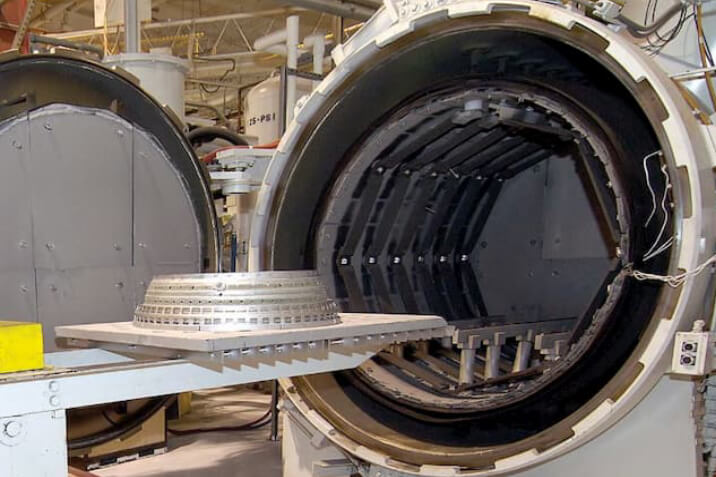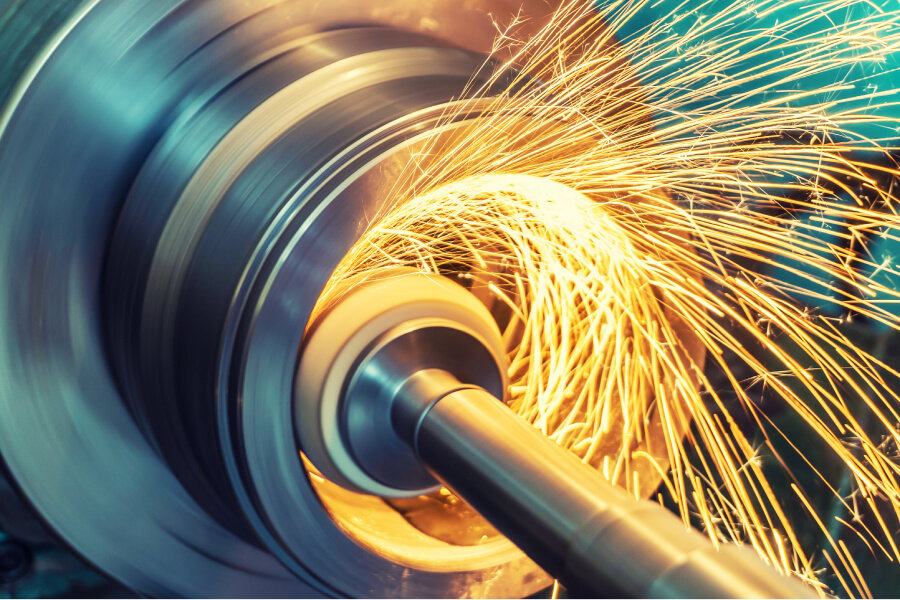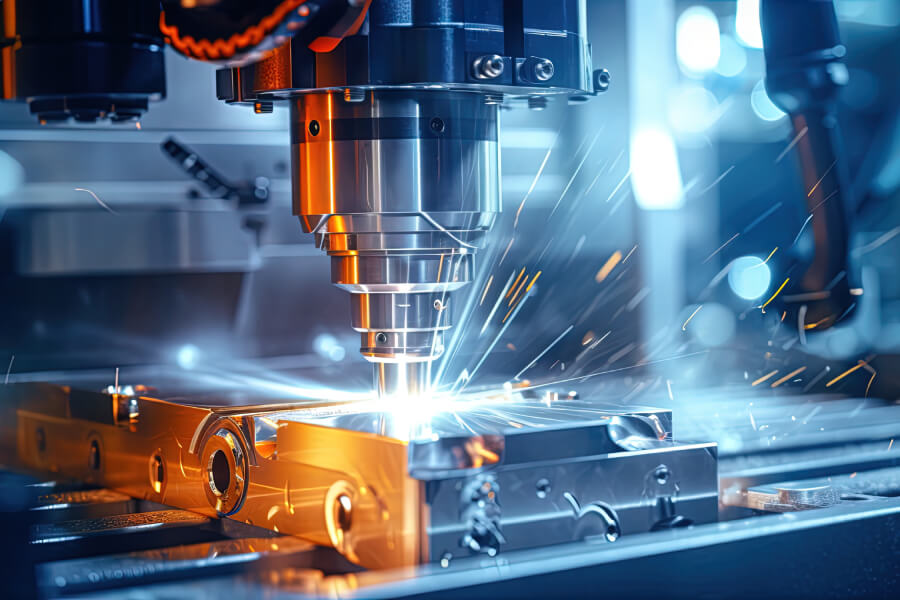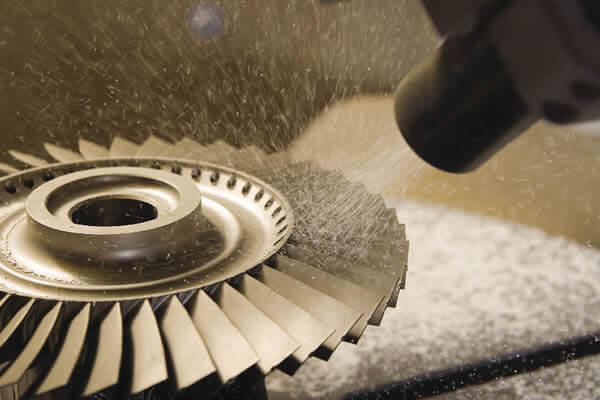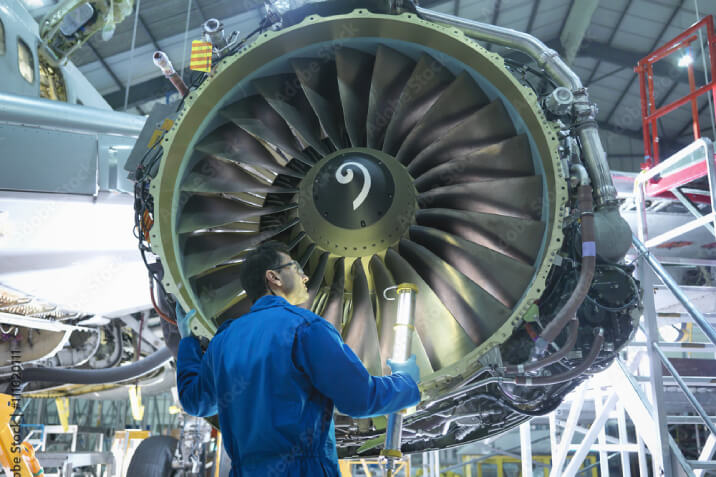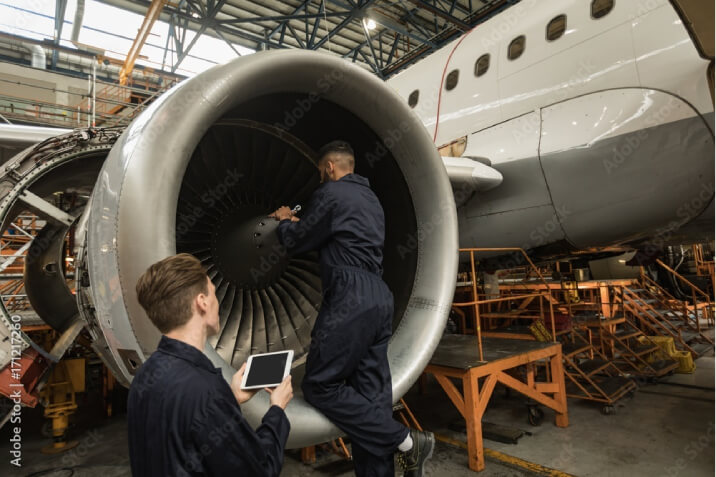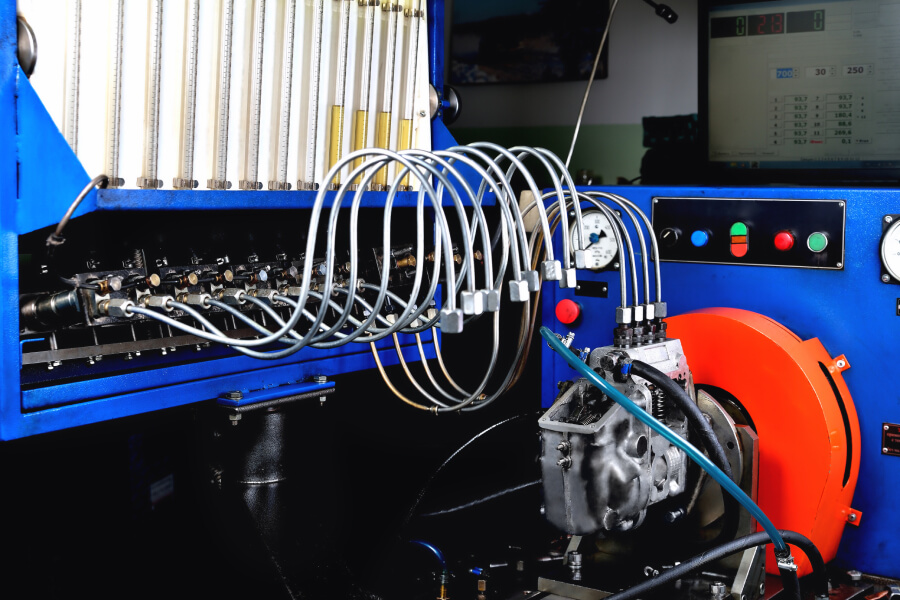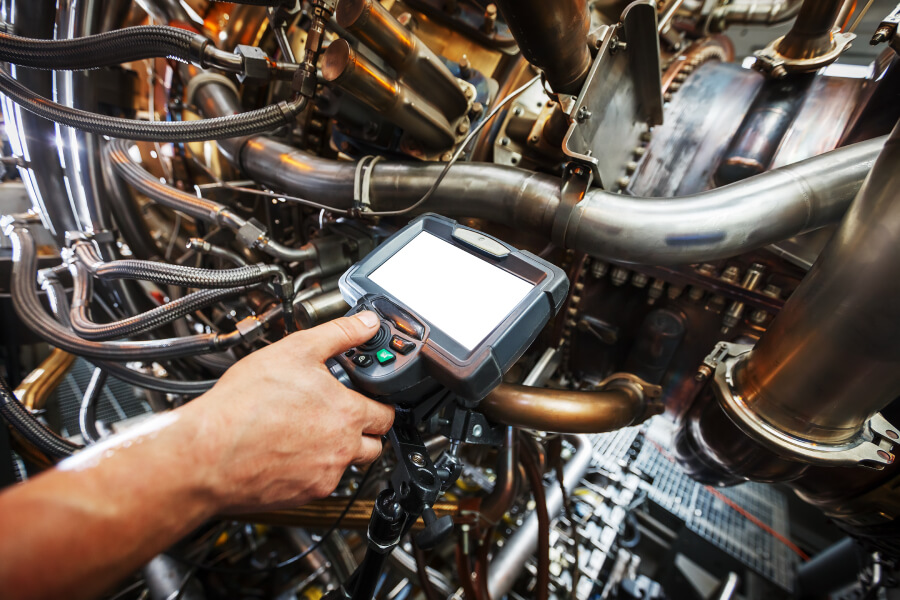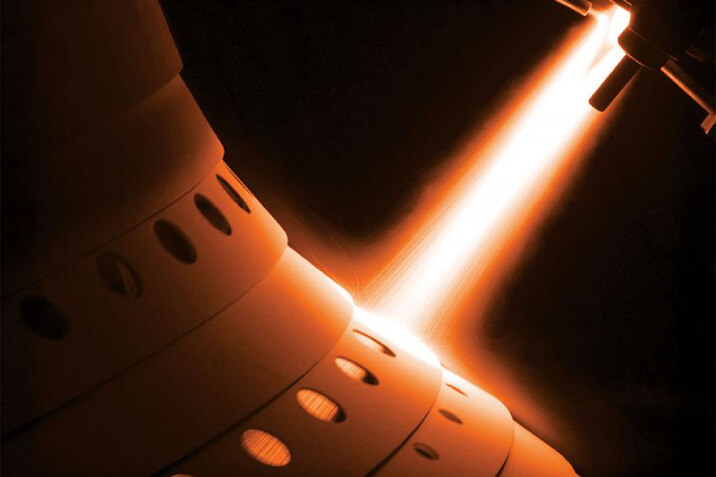Dynamic balance in the context of aircraft refers to the balance of rotating components, such as propellers or rotor blades, during their operation. It is a critical aspect of aviation safety and performance, as unbalanced rotating parts can lead to vibrations, wear and tear on components, reduced efficiency, and potential safety hazards.
Here are key points regarding dynamic balance in aircraft:
- Balancing Rotating Components:
- Dynamic balance primarily focuses on the balance of rotating components, such as propellers in fixed-wing aircraft or rotor blades in helicopters. The goal is to ensure that these components rotate smoothly without causing excessive vibrations.
- Causes of Imbalance:
- Factors such as manufacturing variations, damage, or the accumulation of debris can introduce imbalances in rotating components. Even small imbalances can lead to significant vibrations during operation.
- Vibration Analysis:
- Vibration analysis is often employed to detect and measure imbalances in rotating parts. This involves monitoring and analyzing the vibrations produced during operation to identify any irregularities.
- Balancing Methods:
- Dynamic balancing methods involve adding or removing weight strategically to achieve balance. This can be done by adding balance weights to the rotating component or by adjusting existing weights to counteract imbalances.
- Balancing Equipment:
- Specialized equipment, such as dynamic balancing machines, may be used to measure the amount and phase of imbalance in rotating components. These machines help technicians determine the optimal placement and amount of counterweights.
- Onboard Balancing Systems:
- Some modern aircraft have onboard dynamic balancing systems that continuously monitor vibrations during flight. These systems can dynamically adjust the balance using movable weights, ensuring optimal performance throughout the flight.
- Benefits of Dynamic Balance:
- Proper dynamic balance enhances the overall performance and safety of the aircraft. It reduces wear and tear on components, minimizes vibrations that could affect the airframe and other systems, and contributes to a smoother and more efficient operation.
- Regular Maintenance:
- Dynamic balancing is often part of routine aircraft maintenance. Regular inspections and adjustments help prevent the development of imbalances and ensure that rotating components remain in optimal condition.
Dynamic balance is particularly important in aircraft where precision and smooth operation are critical for safety and performance. By addressing imbalances in rotating components, aviation professionals can enhance the reliability and efficiency of aircraft systems.

